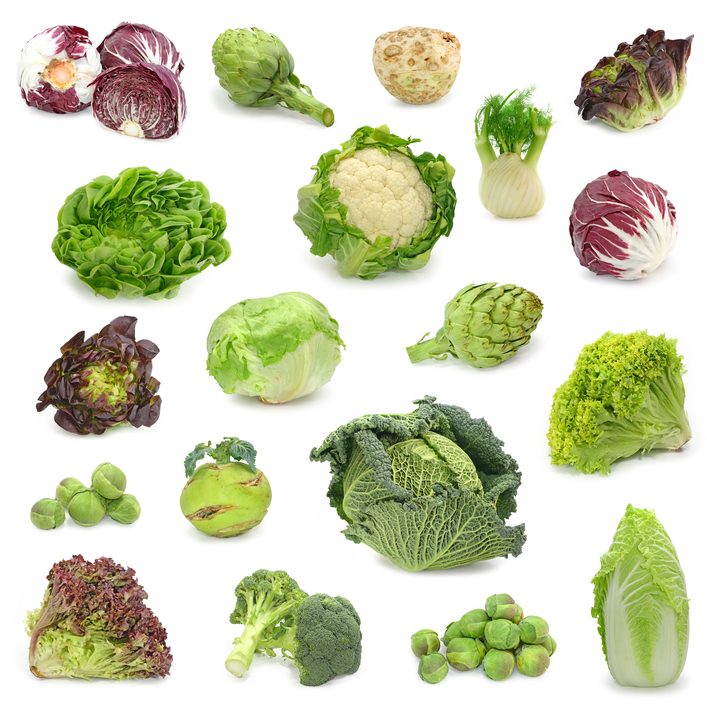
Have you ever had a client who you thought would respond to adding greens to their diets and it backfired? It's rare, but I thought I would give you a few clues as to what might be going on.
As health practitioners, we strive to get our clients to eat more greens —leafies, brassicas, sprouts, sea vegetables — they are all brimming with nutrition and antioxidant protection.
But sometimes, due to biochemical individuality, your client might get worse when you increase their greens.
1- Oxalate sensitivity: oxalic acid is found in many green vegetables. While most people excrete it very nicely, those with leaky gut and a genetic predisposition have difficulty getting rid of it, and it causes a myriad of symptoms. For some folks with oxalate sensitivity, taking calcium citrate with high oxalate foods can be helpful.
2- A genetic polymorphism that makes it hard to excrete sulfur or to utilize it in beneficial ways.
3- Sensitivity to isothiocyanate, found in cruciferous vegetables. For some people, they can't properly break it down due to impaired detoxification pathways, and the buildup of isothiocyanate can impair thyroid function. By the way, supplementing with iodine and/or sea vegetables rich in iodine can counteract this.
4- Leaky gut and inflammation in the intestines. The fiber in raw greens can be like sandpaper to an inflamed gut, and a month on lightly cooked blended greens and green juices can help heal and repair while providing lots of nutrients.
5- Low stomach acid makes it hard to break down the cell walls of greens. Blending and juicing can be very helpful.
These are the most common causes of greens intolerance. If your client tells you that their green smoothie hurts their tummy, then take a look at possible causes, and one by one, like a good detective, you can narrow down and intervene.
If you have a passion for solving even the toughest health cases, I have a solution. I have some seats in my recently announced Nutritional Endocrinology Practitioner Training. There are 3 levels to choose from and 2 of them lead to certification as a functional endocrinology nutritionist.
For more information on the Nutritional Endocrinology program and the various levels go to our Nutritional Endocrinology Practitioner Training site for more information.
With love and appreciation,
Dr. Ritamarie Loscalzo
This website uses cookies.